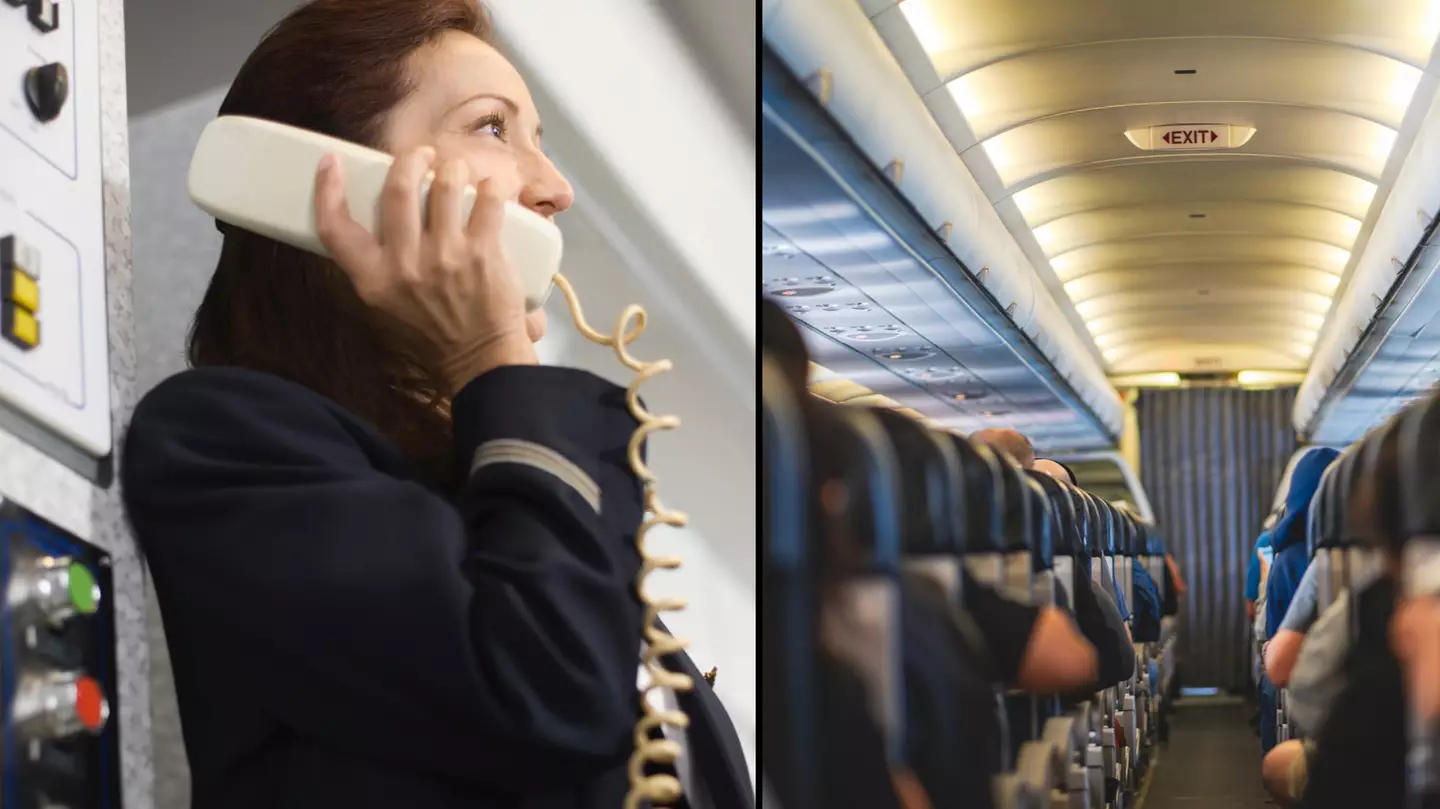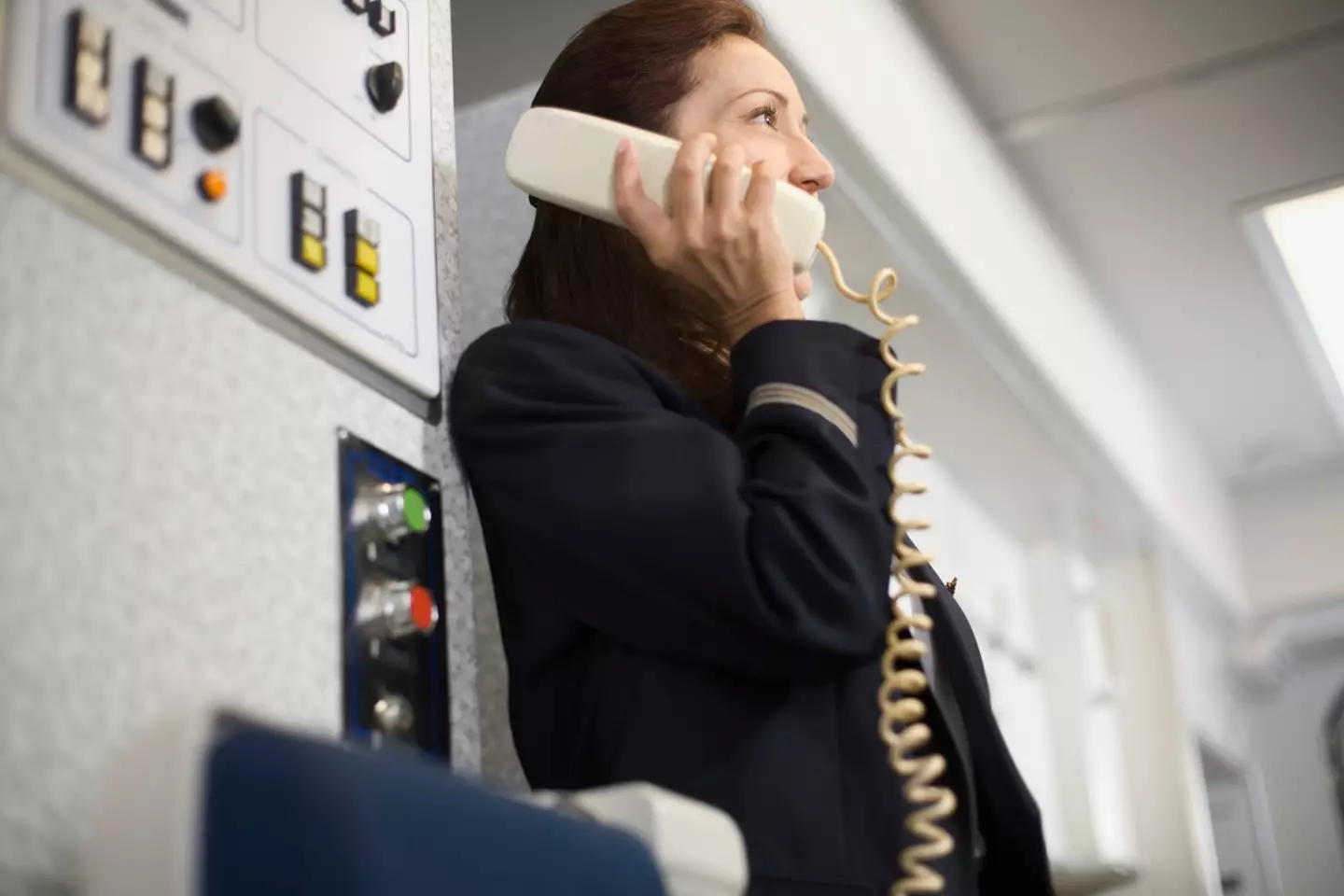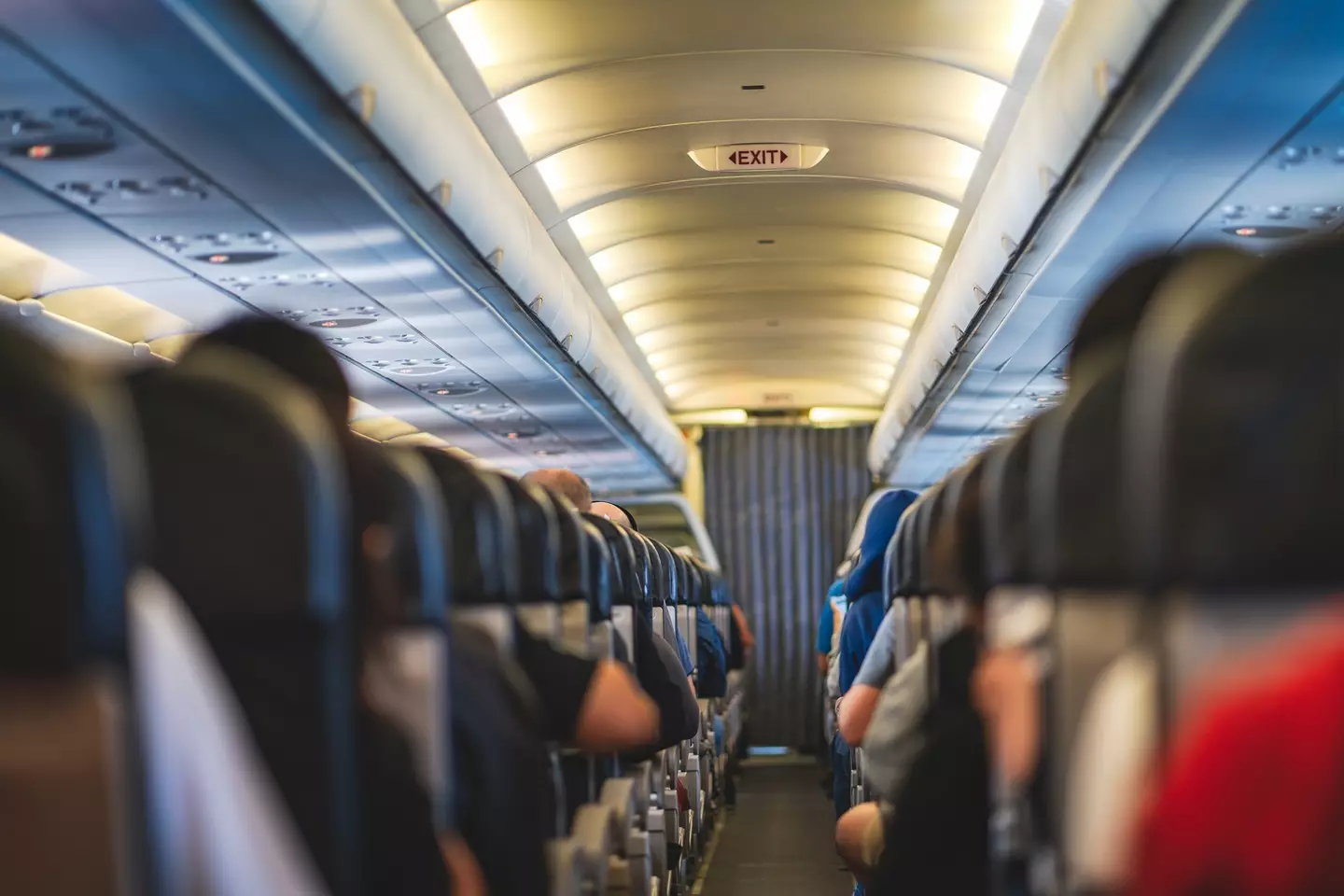
A travel expert has shared a subtle sign that shows a member of the cabin crew may be on the lookout for danger.
With summer finally here and so many of us jetting off on holiday, now might not be the ideal time to be thinking about faults on flights - so at this point I will remind you all that flying is still very safe and that technically you’re safer on a plane than in a car.
With that said, a travel expert has revealed one sign that could show the pilot has potential safety concerns with the plane.
Travel expert Michael Gebicki explained to Stuff NZ: “Oxygen masks tumbling down could mean a loss of cabin pressure or a leak.
Advert
“The pilot will probably descend to a lower altitude where more oxygen is available. Turbulence may shake you up like a milkshake but as long as you’re wearing a seatbelt it’s not as much of a problem.”
OK, well that’s all well and good - but what should we be looking out for?

Well, according to Gebicki if you happen to see a member of the cabin crew peering out the window they might be looking for something a bit more dramatic than the setting sun.
“If the head steward comes down the aisle glancing anxiously out the windows, that could be in response to a request from the cockpit to check on an engine,” he wrote.
Advert
“Engine on fire? Spectacular, yes, especially at night, but not really a problem unless it’s the only engine turning, in which case it’s a big problem.
“Stay calm, statistically you’re much safer up here than behind the wheel of a car.”

In an extra measure of reassurance for travellers, Gebicki also detailed how it is that such large passenger planes can continue to fly with one engine out.
He explained that for planes to be certified to carry passengers, they must be able to prove that it can develop sufficient thrust to operate using just one of its engines.
Advert
“Twin-engine aircraft have an extended twin-engine operations (ETOPS) rating, the maximum time that aircraft type is certified to continue flying with one engine out,” he continued.
“The Airbus A350XWB has an ETOPS rating of 370 minutes, which means it can operate on any overwater route apart from flights over a small part of Antarctica.”
So there you go - nothing to worry about.
Topics: Travel